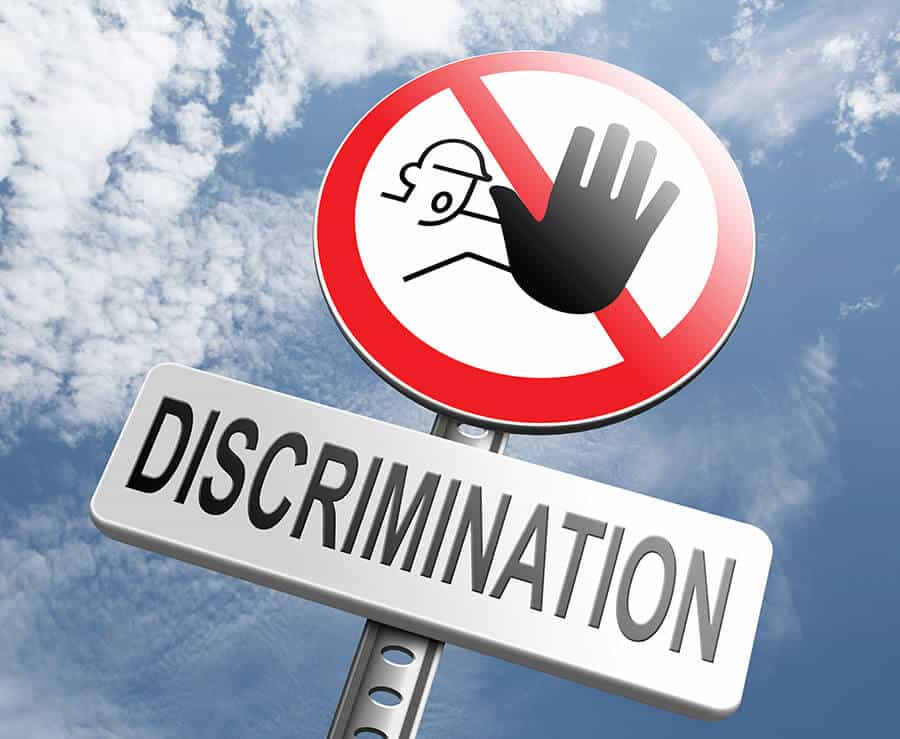It is a commonplace that older adults might face obstacles that young people might not be aware of. But what if the young are somehow contributing to heightening the burdens of older people? This can be the case with ageism. According to the World Health Organization (WHO), ageism is a habit of stereotyping which leads to prejudice, and discrimination against people on the basis of their age. This is a widespread practice which has harmful effects on the health of older adults.
Ageism is an Injustice and Should Be Treated As Such
While we as a society condemn and rise up against other forms of injustice – like racism and sexism. For some reason, this is not the case with ageism. At least not for most of the population. Ageist views and attitudes are perpetuated among young people.
In this article, I will approach this broad and complex issue by focusing on what young adults should know about ageism. Moreover, what they can do to diminish age-based stereotypes, and what are the harms caused by it.

The fundamental tenets of this topic are supported by the book titled “Contemporary Perspectives on Ageism”. This book represents a collaborative effort of researchers from more than 20 countries and a variety of disciplines. Youth Time has conducted a short interview with one of the people who worked on it, namely Liat Ayalon.
Ageist Culture and Attitudes
“Second childhood”, “senior moment” and other phrases we hear often are mainly used to undermine older adults and their ability to function optimally. It also fosters the perception that the old are typically incompetent. On the other hand, we notice a lot of praise for “the future is with the young” point of view. Many cultures, especially western ones, applaud youth, beauty, and vitality. Thereby reducing the opportunities and possibilities for older people to find their place and feel appreciated within the community.
Such is the mass media, which usually portrays stereotypes of older adults and marginalizes them. ”Visual ageism” refers to the social practice of visually underrepresenting older people or misrepresenting them in a prejudicial way.
This type of ageism includes older adults being shown in peripheral or minor roles without positive traits, presenting unrealistic, even exaggerated, or misleading portraits of older people.
The Labor Market and Ageism
Probably an even more hostile environment for older adults is the hiring process and the widespread reality of compulsory retirement at a fixed age. The digital world may be creating indefinite opportunities for the young, but when it comes to old people it can be a drawback.

A joint investigation by ProPublica and the New York Times (2017) found that major companies, including Facebook, were using Facebook’s ad-targeting tools to block job ads for older workers. Facebook does not stand alone in trying to exclude older job seekers. ProPublica was able to buy employment ads on Google and LinkedIn that excluded potential employees older than 40.
Older people are challenged and discriminated against by the fact that they are usually overlooked for employment.
What Should Young People Know about Ageism – How to Combat Biases?
Liat Ayalon, Professor at Bar Ilan University and Coordinator at EuroAgeism, believes that young people should know the following two things about ageism:
- Ageism affects their lives as it can be directed towards both young and old. In fact, younger people are more likely to report ageism than older adults, possibly because they are more likely to note and attribute discriminatory incidents. Ageism towards younger adults has been examined mainly in the workforce. We know that, especially during economic downturns, younger people are the ones who have the hardest time finding a job;
- As people grow older, stereotypes about aging acquired in their childhood and youth turn out to have been internalized throughout the years and now affect the way they age.

“There is research to show that negative self-age stereotypes impact our aging process, morbidity and even mortality, with those who hold more negative stereotypes concerning their aging selves also being more likely to fall, recover more slowly from surgery, show higher levels of impairment, and even die before those who hold positive age stereotypes,” she asserts.
Professor Ayalon adds that “knowing that ageism affects all of us is an important message that may help young people to understand why they should not accept ageism.”
Takeaways from the “Contemporary Perspectives on Ageism” Book
By saying that the comprehensiveness of this book demonstrates the breadth and depth of ageism, she shares with Youth Time readers the most important takeaways.
“I believe that the fact that researchers from a very large number of countries and disciplines were able to contribute to the book shows how ageism really has a major impact on each and every aspect of our lives,” Professor Ayalon notes.
Hence, according to her, the book shows the universal effect of ageism.
“The book also points to areas that have not received much attention thus far. For instance, we know less about interventions to reduce or prevent ageism. This can be useful for researchers and policy stakeholders, who may wish to address the topic.”
Three Levels at which Ageism Has Manifested Itself During the Recent Pandemic
In line with Professor Ayalon’s comments, we reckon that ageism affects each and every aspect of our lives at the individual, the interpersonal, and the institutional levels.

She further draws our attention to the fact that the current pandemic outbreak might be a good example of ageism and its negative consequences.
“The strong messages of older adults’ vulnerability portrayed by the media may impact older adults’ self-perceptions of their own aging and may impair their ability subsequently to resist the disease, becoming a self-fulfilling prophecy.”
According to her, this also results in an intergenerational divide, with young people thinking they are invincible to the negative effects of the virus or in young people viewing older adults as a burden to the healthcare system.
At the institutional level, we see ageism in the rationing of treatment based on people’s age rather than medical conditions
Moreover, she continues, there is a strong sense that older lives do not matter as much.
“We see it in nursing homes in Spain, for instance, where older adults were abandoned to die during the outbreak. But, we also see it in nursing homes in other countries, where older adults are sedated or locked in their rooms in order to protect them from the virus. Both approaches have major ramifications to the wellbeing and health of older adults.”
Professor Ayalon believes that these effects will continue and will resonate with us.
“So that when today’s younger people become old, they will become self-ageists, thinking of themselves as vulnerable, unfit, and separate from the general society.”
What’s Next
Neither you nor I can challenge ageism without first being aware of it. This piece offers a solid ground for grasping its meaning and the ways in which it is expressed in different circumstances. So, the next time we spot ageism, we might be able to do a little something to challenge it.
Rest assured that you will notice it way more often than you are thinking right now. Probably the saddest thing about ageism is that we fall into its trap way more frequently than we believe. However, on a happier note, through this piece we have pointed out the necessity for properly treating this far-reaching concern.
Photos: Shutterstock, Yael Haan
Read more articles from the author.
Support us!
All your donations will be used to pay the magazine’s journalists and to support the ongoing costs of maintaining the site.
Share this post
Interested in co-operating with us?
We are open to co-operation from writers and businesses alike. You can reach us on our email at [email protected]/[email protected] and we will get back to you as quick as we can.










